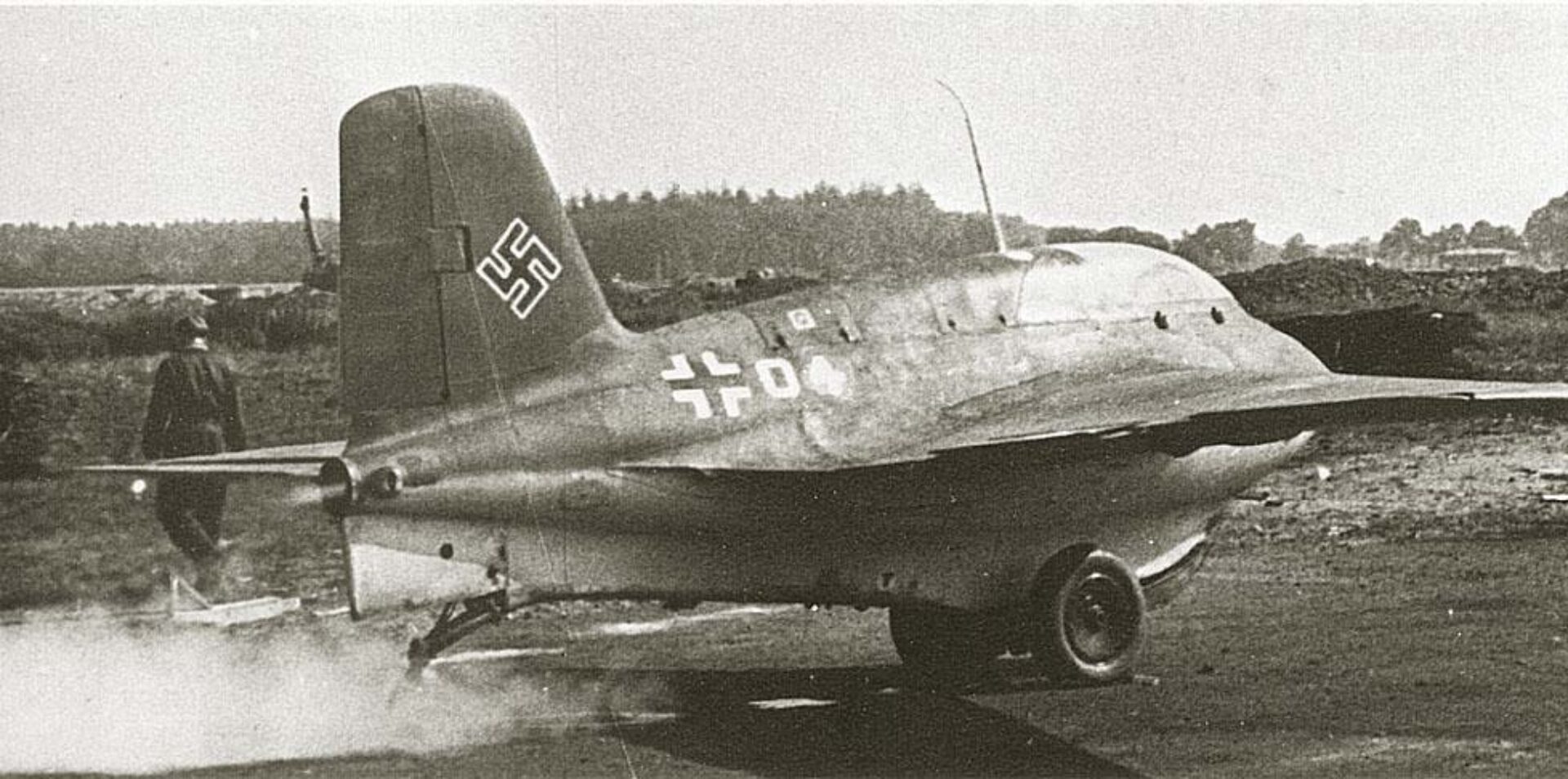Many people are more interested in buying a private aircraft not for practical reasons or even out of necessity. Idle curiosity is what pushes ordinary people to inquire about the cost of the aircraft, find out its capabilities, technical characteristics and other parameters. Such “researchers” approach the study of the issue in a generalized way and very often know everything about everything.
People who have a real opportunity to own an airplane approach the study of the question from the practical point of view: someone considers light models, belonging to the category of small aircraft, someone, on the contrary, is attracted by solid and respectable business jets… Everything depends on needs and from true motives, pushing to purchase a private plane.
What Makes Wealthy People Buy Private Jets?
People driven by the desire to emphasize their special status in front of others, among buyers of private jets are found, but it is very rare. Much more often for such a non-standard purchase pushes not self-esteem, and compulsory necessity:
- The representatives of business sphere, which should be mobile according to the kind of activity they are doing, without their own aircraft they will suffer huge losses at the best case. And such examples abound: business meetings that did not happen due to an inability to buy a ticket for the required flight in time, flight delays that prevented the fulfillment of obligations to their partners, and so on.
- Sometimes a business person urgently needs to be in another city: the capabilities of small aircraft in terms of urgent flights are much wider than those of regular flights.
- The more sophisticated a person is in quality service, the higher level of comfort he requires. It is quite logical that a private plane allows satisfying in practice his habitual needs, and on its board there are all possibilities for creation of absolutely exclusive environment.
And one more reason which is not to be discounted: if the necessity to raise one’s rating in the eyes of common people is not an urgent need for many businessmen, but prestige in the eyes of business partners is important for everybody, and this is a fact. Buying your own airplane allows to raise your status in business sphere to several steps at once.

What You Need to Consider Buying the Plane?
Purchase of the plane is the significant event by itself. A lot of money is spent for it. Unfortunately, the cost of the aircraft does not cover all expenses which are necessary to the buyer. To these inevitably must be added:
- The cost of building or buying a hangar, which initially not everyone who wants to get their own aircraft plans;
- labor costs of service personnel who will be responsible for service on board, as well as for its technical condition;
- costs associated with the hiring of permanent crew, which even for the wealthy people can be quite tangible, and so on.
The Benefits of a Private Jet
Over the past five years, flying private has become a much more affordable pleasure than it used to be. The modern world is changing rapidly, and even such conservative industries as private aviation are changing along with it. With the advent of the Internet and smartphones there is no need for clients to come to the broker’s office or spend hours on the phone – chartering a plane is possible with a few taps in the app. And the ability to book an empty leg, that is, a one-way empty flight, or just a seat on a private flight can save money on the purchase of a private plane or the rental of a board. In addition to the savings there are other advantages – for example, the ability to pass to the plane, bypassing the tedious lines at check-in, passport control and security checks.

1. First-Class Gastronomy on Board
The first advantage is the first-class cuisine on board the airliner. The menu on a private jet is tailored to your preferences, where the choices are much greater and not limited to chicken or fish. Meals are full of flavor, and you can enjoy some of your favorite brands on board. Did you know that airlines have even started to develop musical menus? A specific track is selected for each type of dish (hot, dessert, appetizer). According to scientists, it’s the music that can enhance our dining experience.
2. Lack of Connections
Keeping track of flight schedules for different airlines? Why? You need to get after a business meeting in Paris to Pompeu Fabra University in Barcelona? Problem solved in the blink of an eye. You do not need to wait for a commercial flight, wasting valuable time at the airport and you certainly do not need to head off to check in while the entire plane with its disgruntled crew is waiting for you.
3. Take Your Pet with You
Not all flights accept pets on board and if they do, they charge a large fee. On a private plane, your pet will be next to you enjoying a comfortable flight. Both the customer and his pet will be happy, and most importantly, will get to their destination safe and sound!
4. You Can Choose an Airplane Interior That Suits Your Taste
Do you like English classics or a modern design? Are you flying solo or with a group? Do you need to accommodate 10, 15 or 30 people? Will you hear all these questions from a commercial airline? Of course not. When selecting and booking a private jet, you will be offered a wide range of aircraft sizes, as well as a choice of chic interiors, one of which is sure to suit your preferences and be a delight all the way.
There are many reasons to use private jets. Most of them can be grouped into categories and form more aggregated groups. And today we discussed this topic with you and hope you enjoyed the article!
